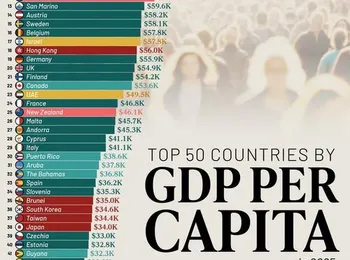China is strategically expanding its influence in Central Asia, capitalizing on the reduced U.S. foreign assistance following the Trump administration's policy shifts and corresponding dismantling of the U.S. Agency for International Development. Traditionally, China’s engagement in the region has primarily focused on large-scale infrastructure projects as part of the Belt and Road Initiative (BRI). However, a new approach is emerging – a shift towards smaller, localized programs designed to cultivate goodwill and address immediate needs through collaboration with international organizations. This evolving strategy was dramatically illustrated on May 16th with the launch of a groundbreaking joint project between China’s International Development Cooperation Agency (CIDCA) and the United Nations World Food Programme (WFP). The initiative immediately provided school meals to over 100,000 students residing in the southern Kyrgyz region. The WFP described this project as CIDCA’s inaugural multilateral endeavor within Central Asia, operating under the framework of the Global Development and South-South Cooperation Fund. A key statement highlighted the gratitude expressed by Kojiro Nakai, the WFP representative and country director, who noted, "WFP is grateful for this new contribution from the Government of China." Nakai emphasized the project’s critical role in combating prevalent micronutrient deficiencies among primary school children, a significant public health concern.
The initial phase involves the delivery of approximately 1,700 metric tons of fortified wheat flour, vegetable oil, rice, and lentils to 300 schools spread across three southern Kyrgyz provinces: Osh, Jalal-Abad, and Batken. This targeted approach reflects a deliberate strategy to build trust and demonstrate tangible support at the community level. CIDCA has explicitly framed these smaller, “small and beautiful” (S&B) projects as a second phase of the BRI, positioning them as a crucial element in China’s broader foreign aid strategy. The document clearly states that China intends to "scale up" these S&B initiatives in the coming months, carefully coordinating them with ongoing BRI-related infrastructure development. The ultimate goal is to assist recipient countries in solidifying their developmental foundations while simultaneously tackling pressing livelihood challenges. This integrated approach underscores China’s commitment to not just constructing roads and railways, but also to fostering sustainable development and improving the lives of individuals within the Global South.
Furthermore, the strategic coordination between S&B projects and BRI infrastructure development is a key element of China’s long-term vision for the region, aiming to create a mutually beneficial partnership that promotes economic growth and stability. By focusing on localized solutions and fostering positive relationships, China is actively seeking to establish a lasting and influential presence in Central Asia, moving beyond purely economic interests to prioritize genuine engagement and community support. This nuanced strategy represents a deliberate shift in China’s foreign aid approach, demonstrating a recognition of the importance of human-centric development and building strong, sustainable partnerships. The intention is to move beyond simply providing resources and instead to actively contribute to the well-being and prosperity of the region’s population, laying the groundwork for long-term stability and cooperation.
























